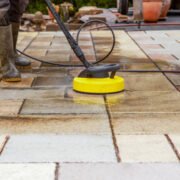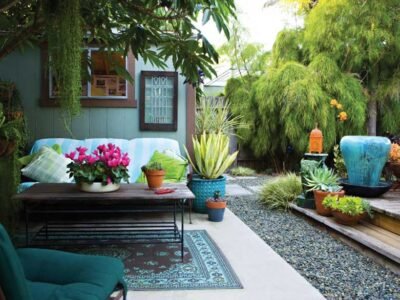During the pandemic, many people chose to pick up gardening as a hobby. This led to millennials worldwide accumulating more plants than they ever thought possible and learning to tend to their small indoor gardens.
Indoor gardening is totally in right now and it’s the perfect time to join the wave and start building up your own indoor jungle.
But keeping plants alive isn’t easy. Ask anyone who’s ever killed a Monstera before: it’s hard work and it can be expensive.
We’re here to help you get started. Keep reading to learn all about tending to your indoor plants and having a thriving indoor garden.
Do Your Research
Not all indoor plants are alike. You need to put some research in before you start bringing in new green family members. Doing your research ahead of time will save you a lot of heartache later.
Research different kinds of plants to determine which kinds you find aesthetically pleasing, which you think are appropriate for your home and lifestyle (more on that later), and which might not be a good fit.
Your research will also help you figure out how to care for each individual plant, as all plants have different needs.
Only Pick Indoor Plants That Work for Your Home
After you’re done researching (or while you’re working on it), figure out whether or not certain plants will work with your home and lifestyle. There are a few factors to consider here.
The first is climate. While you’re indoors and climate is less of a factor than it would be with outdoor plants, some plants need a lot of humidity and light. If you live in a dark apartment in a dry area, this is going to be difficult unless you’re willing to buy supplies to change that.
You also need to consider the toxicity of plants. While you know better than to tear a leaf off of your indoor plants (unless they’re intentionally edible), your pets don’t have that same sense. Cats and dogs love getting into things that they shouldn’t, and some plants can make them sick.
Keep your personality in mind as well. Are you the kind of person who’s busy and will forget to water plants? It’s best to pick something like a succulent that can go a long time without water.
Write Down Notes
If you’re determined to keep your plants alive and thriving, write down notes so you can keep track of their needs.
It might seem silly, but it’ll help. You can keep your notes in a notebook near your indoor garden or you can label each pot. Write down how often they need to be watered, how much light they need, and anything else that you’ve discovered during your research process.
Notes also help if you have other people in your home who are going to be interacting with your plants. Not everyone will put in the same amount of research!
When you adapt to your garden, you’ll find yourself remembering with ease. Until then, use your notes.
Pick Your Placement
So where are you going to put your plants?
You want to make sure that you keep them out of harm’s way. This means that you want to avoid putting them anywhere that pets or small children can reach them. Stay aware of any locations that would leave your plants vulnerable to getting knocked over.
Make sure that each plant is in an appropriate place for the amount of light that it needs. This will likely change as the seasons change and days get darker or brighter. Placing an indoor plant growth light can effectively supplement the sunlight your plants need. QUX Plant Light is dedicated to designing and creating quality grow lights for indoor plants. Visit their website to view more product details.
It’s also a good idea to keep plants away from open windows and doors when the weather is cold. Plants are sensitive to temperature, so even the smallest shift could cause a problem.
Don’t Overwater
Overwatering is one of the biggest hazards of plant ownership for new gardeners. People tend to want to give their plants too much attention!
While leaving your plants parched isn’t a good idea, over-watering can be an even bigger problem. Too much water can cause root rot, something that’s difficult for plants to overcome once they’ve started developing it.
Make sure that your plants have adequate drainage to help prevent over-watering. This will allow excess water to slip through.
If you notice that your plants aren’t looking their best, don’t jump to watering right away. Take note of how often you’ve been watering them and consider leaving them alone for a day or two (or repotting them if they’re too damp). You might notice that they perk back up in no time.
Don’t Panic
Speaking of letting your plants do their thing instead of jumping to conclusions, make sure that you don’t panic when your plants are doing something unexpected.
There will be times where your plants fall limp, discolor, or don’t grow as well as you think that they should. It’s easy to start over-researching and considering the worst-case scenario.
Take a step back and try the most obvious options first. If the soil is dry, spray some water (but not too much). Try putting the plants in more light.
Living plants are dramatic. They can start wilting over almost nothing, and you’ll find that they perk back up as soon as they get what they “want.” Don’t panic.
Indoor Plant Care: You Can Do It
Caring for indoor plants is fun, fulfilling, and a great way to pass time. Who doesn’t love having a bunch of greenery decorating their home?
Start preparing your pots, picking your favorite plants, and setting up your indoor garden today. Join the indoor gardening trend!
For more helpful posts all about the top trending topics, check out the rest of our site!












